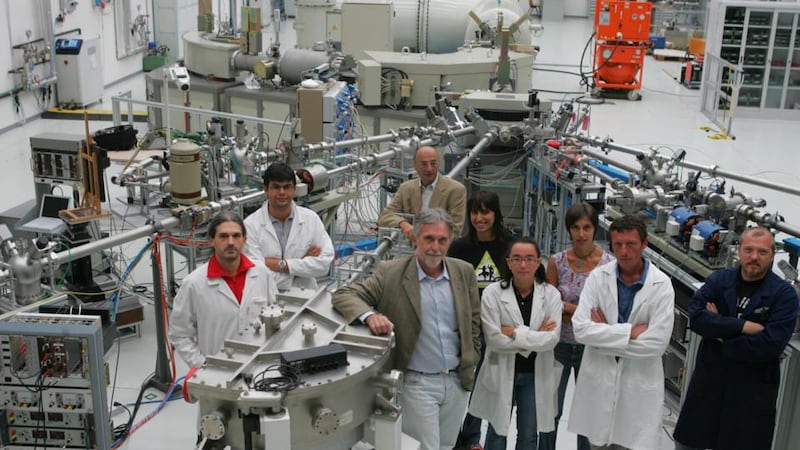Physicists have used advanced technology to prove that a valuable painting held in the Peggy Guggenheim Collection in Venice is a fake. They are certain about their findings because they showed the painting supposedly by Fernand Léger was produced four years after the artist's death in 1955.
Real versus phoney in relation to the work was a matter of some concern, not least because Léger’s paintings have sold for as much as €17 million.
Doubts about the authenticity of the painting arose as early as 1970 according to the Italian Institute for Nuclear Physics based in Rome who examined the painting. It was never exhibited but that didn’t stop disagreement amongst scholars and experts as they failed to agree on the work.

Eventually scientists were asked to analyse the painting and decide on its authenticity. The assessment was carried out at the laboratory for the environment and cultural heritage in Florence in partnership with the Institute in Rome. Details of their findings are published in the European Physical Journal Plus.
They radiocarbon dated a minute piece of unpainted canvas, measuring the amount of carbon 14 trapped in the canvas made from natural fibres such as cotton and linen. Plants and animals pick up carbon while alive and this remains in place after death.
The researchers were able to be conclusive because the analysis was based on the “bomb peak”- the high level of radioactive fallout from above ground nuclear testing that started during the cold War after 1955. Radioactivity from these tests spread all around the world and was absorbed by plants and animals and can still be measured today.
They found that there was too much carbon-14 in the canvas sample for it to have been made before 1955. Their best estimate was the painting dated from 1959 long after Léger’s death. This was the first use of this type of technology to deliver such a result, the institute said.
The painting had been believed to be part of the Contraste de Formes series produced by Léger between 1913 and 1914.











